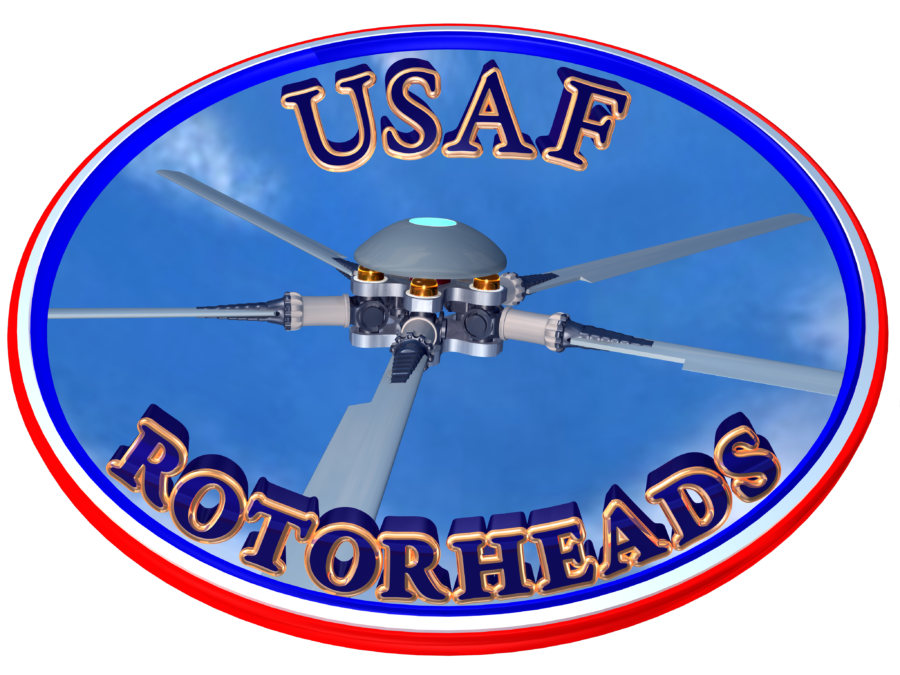Helicopter Accidents
This page documents U.S. Air Force helicopter accidents. If you have any information to contribute, please contact us.
HH-60G
Kirtland AFB, NM
11 May 2005
HH-60G #82-23728 (Call sign “Ghost 69”) of the 512th Rescue Sq., 58th SOWg. at Kirtland AFB, NM. on an instructor proficiency training sortie impacted the crest of a small knoll, on the Angel Fire Vietnam Memorial property, and then violently rolled left, ejecting the flight engineer, TSgt. Scott A. Bobbitt, from the cabin, then came to a rest on the upper left side of the fuselage. The flight engineer, who was on his “fini” flight prior to retirement, was killed. The pilot and co-pilot were treated for minor injuries. The helicopter caught fire shortly after impact.
EXECUTIVE SUMMARY AIRCRAFT
ACCIDENT INVESTIGATION
HH-60G, SIN 82-23728
Angel Fire, New Mexico 11 May 2005
On 11 May 2005, at approximately 1314 hours local time, an HH-60G aircraft, S/N 82-23728, crashed near Angel Fire, New Mexico during an instructor proficiency training sortie. The mishap aircraft was assigned to the 512th Rescue Squadron, 58th Special Operations Wing, Kirtland AFB, New Mexico. The aircraft’s flight engineer, who was on his “fini” flight prior to retirement was fatally injured. The mishap pilot and co-pilot were treated for minor injuries at a local hospital and released the same day. The aircraft was totally destroyed by the impact and subsequent fire.
Shortly after taking off from the Angel Fire Airport for a return flight back to Kirtland AFB, the mishap pilot performed an over-flight of the Vietnam Veterans National Memorial in Angel Fire, New Mexico. The mishap pilot executed a 35-degree bank tum around the memorial allowing the flight engineer to view a helicopter displayed on top of a hill at the memorial. The mishap pilot was unable to roll out of the tum and the aircraft impacted the crest of a small knoll on the Vietnam Memorial property. The aircraft’s main rotor blades struck the ground near the crest of the knoll, followed by impact of the right main gear and right side of the belly of the aircraft.
The aircraft then violently rolled left, ejecting the flight engineer from the main cabin, and came to rest on the upper left side of the fuselage. The aircraft caught fire shortly after impact.
The Accident Investigation Board President determined, by clear and convincing evidence that the mishap was caused by pilot error coupled with challenging environmental conditions.
Specifically, the mishap pilot failed to maintain sufficient altitude above terrain while entering the tum around the Vietnam Memorial. This error placed the helicopter lower than 300 feet above the terrain, initializing the mishap sequence. Additionally, the prevailing environmental conditions at the mishap site were not readily conducive to helicopter flight. The combination of high pressure and density altitude, and strong mountain winds resulted in degraded helicopter performance, responsiveness, and control. The mishap pilot’s loss of control at low altitude completed the mishap sequence.
Additionally, there were multiple contributing factors to this mishap, supported by substantial evidence. The general complacency of the flight crew in planning the mission, their inattention during flight, and their channelized attention on the Vietnam Memorial prior to the mishap adversely and directly impacted their situational awareness and resulted in poor crew communication immediately prior to the mishap.
Integrity, Honor, and Respect
Some of the best things cannot be bought, they must be earned
©2023 USAF Rotorheads All Rights Reserved | Financial Statement

